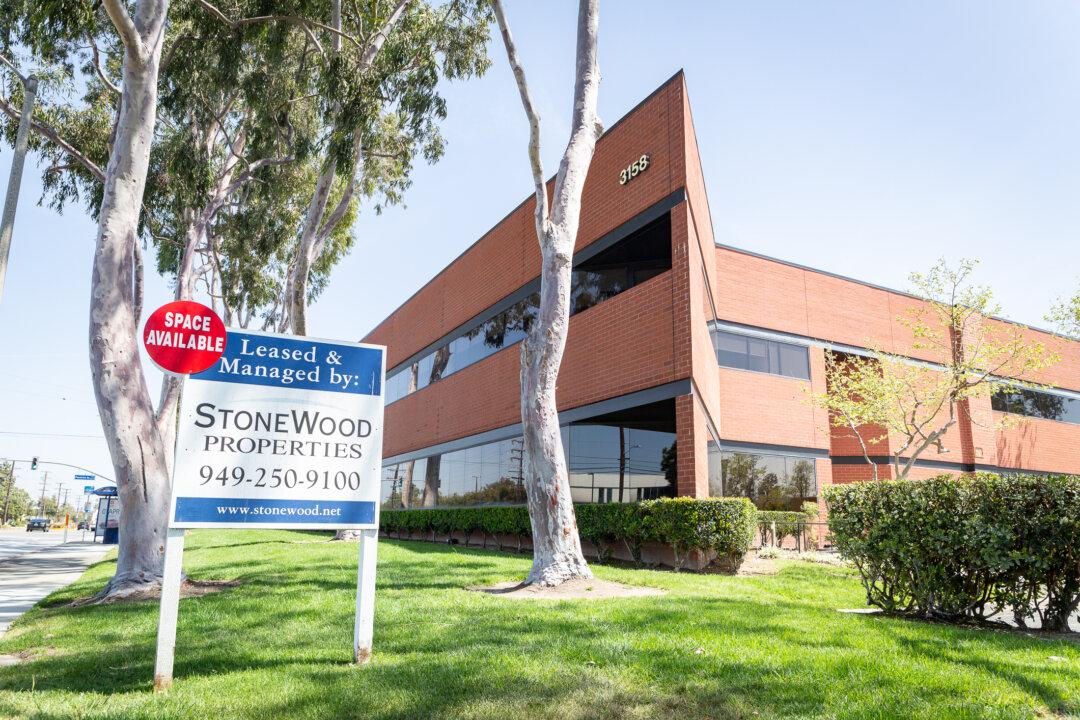News Analysis
A storm is brewing in the U.S. commercial real estate market, according to Charles Munger, vice chair of Berkshire Hathaway.

A storm is brewing in the U.S. commercial real estate market, according to Charles Munger, vice chair of Berkshire Hathaway.